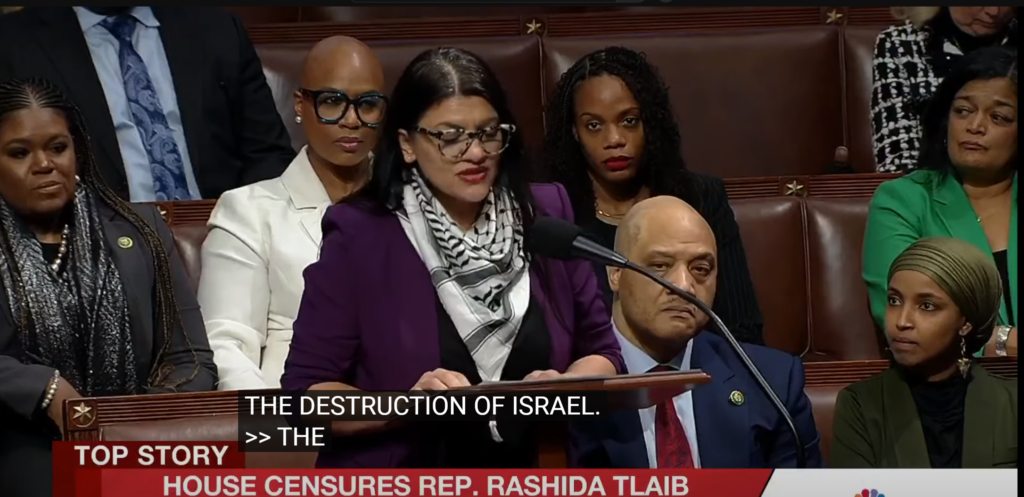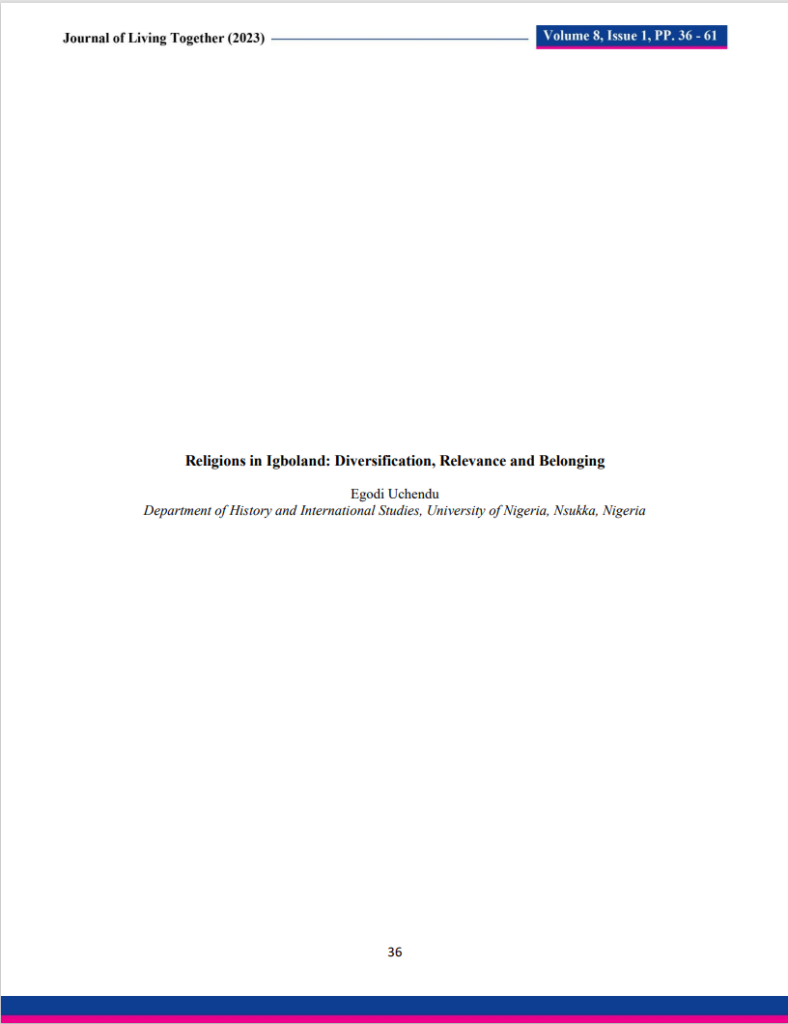Culturally Appropriate Alternative Dispute Resolution
The dominant form of Alternative Dispute Resolution (ADR) originated in the US, and incorporates Euro-American values. However, conflict resolution outside of America and Europe takes place among groups with different cultural, racial, religious, and ethnic value systems. The mediator trained in (Global North) ADR struggles to equalize power among parties in other cultures and adjust to their values. One way to succeed in mediation is to use methods based on traditional and indigenous custom. Different types of ADR can be used to empower a party who has little leverage, and to bring greater understanding to the dominant culture of mediation/mediators. Traditional methods that respect local belief systems can nevertheless contain contradictions to the values of Global North mediators. These Global North values, such as human rights and anti-corruption, cannot be imposed and can result in difficult soul-searching by Global North mediators about means-end challenges.
“The world in which you were born is just one model of reality. Other cultures are not failed attempts at being you; they are unique manifestations of the human spirit.” – Wade Davis, American/Canadian anthropologist
The purpose of this presentation is to discuss how conflicts are resolved in indigenous and traditional justice systems and tribal societies, and make recommendations for a new approach by Global North practitioners of Alternative Dispute Resolution (ADR). Many of you have experience in these areas, and I hope you’ll jump in to share your experiences.
Lessons between systems and cross-fertilization can be good as long as the sharing is mutual and respectful. It is important for the ADR practitioner (and the entity hiring or providing her or him) to recognize the existence and value of others, especially traditional and indigenous groups.
There are many different forms of alternative dispute resolution. Examples include negotiation, mediation, arbitration and adjudication. People use other mechanisms for handling disputes at the local level, including peer pressure, gossip, ostracism, violence, public humiliation, witchcraft, spiritual healing, and the fissioning of kin or residential groups. The dominant form of dispute resolution /ADR originated in the US, and incorporates European-American values. I call this Global North ADR to distinguish it from approaches used in the Global South. Global North ADR practitioners may include assumptions about democracy. According to Ben Hoffman, there is a “liturgy” of Global North style ADR, in which mediators:
- are neutral.
- are without decision-making authority.
- are non-directive.
- facilitate.
- should not offer solutions to the parties.
- do not negotiate with the parties.
- are impartial with respect to the outcome of mediation.
- have no conflict of interest.[1]
To this, I would add that they:
- work by ethical codes.
- are trained and certified.
- maintain confidentiality.
Some ADR is practiced between groups with different cultural, racial, and ethnic backgrounds, where the practitioner often struggles to keep the table (playing field) level among the parties, because there are often power differentials. One way for the mediator to be sensitive to the needs of the parties is to use ADR methods that are based on traditional methods. This approach has pros and cons. It can be used to empower a party that normally has little power and to bring greater understanding to the dominant culture party (of those in the conflict or of the mediators). Some of these traditional systems have meaningful resolution enforcement and monitoring mechanisms, and are respectful of the belief systems of the people involved.
All societies need governance and dispute resolution fora. Traditional processes are often generalized as those of a respected leader or elder facilitating, mediating, arbitrating, or resolving a dispute via consensus-building with the goal being to “right their relationships” rather than to “truth-find, or to determine guilt or liability.”
The way many of us practice ADR is challenged by those who call for the rejuvenation and reclamation of resolving disputes according to the culture and custom of an indigenous party or local group, which can be more effective.
The adjudication of post-colonial and diaspora disputes requires knowledge beyond what an ADR expert without particular religious or cultural domain expertise can provide, although some experts in ADR seem able to do everything, including diaspora disputes arising from immigrant cultures in the United States and Europe.
More specifically, the benefits of traditional systems of ADR (or conflict resolution) can be characterized as:
- culturally familiar.
- relatively corruption-free. (This is important, because many countries, particularly in the Middle East, do not meet Global North standards of rule of law and anti-corruption.)
Other typical characteristics of traditional ADR are that it is:
- quick to reach resolution.
- inexpensive.
- locally accessible and resourced.
- enforceable in intact communities.
- trusted.
- focused on restorative justice rather than retribution—preserving harmony within the community.
- conducted by community leaders who speak the local language and understand local problems. Rulings are likely to be accepted by the community at large.
For those in the room who have worked with traditional or indigenous systems, does this list make sense? Would you add more characteristics to it, from your experience?
Local methods can include:
- peacemaking circles.
- talking circles.
- family or community group conferencing.
- ritual healings.
- appointment of an elder or wise person to adjudicate a dispute, a council of elders, and grassroots community courts.
Failing to adapt to the challenges of the local context is a common cause of failure in ADR when working with cultures outside the Global North. The values of decision makers, practitioners, and assessors undertaking a project will affect the perspectives and decisions of those involved in dispute resolution. Judgments about trade–offs between the differing needs of groups of the population are linked to values. Practitioners must be aware of these tensions and articulate them, at least to themselves, at each step in the process. These tensions will not always be resolved but can be reduced by acknowledging the role of values, and working from the principle of fairness in the given context. Although there are many concepts and approaches to fairness, it is generally encompassed by the following four main factors:
- respect.
- neutrality (being free from bias and interest).
- Participation.
- trustworthiness (relating not so much to honesty or competence but rather to the notion of an ethical carefulness).
Participation refers to the idea that everyone deserves a fair chance to achieve his or her full potential. But of course in a number of traditional societies, women are excluded from opportunity— as they were in the founding documents of the United States, in which all “men were created equal” but were in fact discriminated by ethnicity, and women overtly excluded from many rights and benefits.
Another factor to consider is language. Working in a language other than one’s first language can influence ethical judgments. For example, Albert Costa of the Universitat Pompeu Fabra in Spain and his colleagues found that the language in which an ethical dilemma is posed can alter how people respond to the dilemma. They found that the answers people provided were coolly rational and utilitarian based on the greatest good for the greatest number of people. Psychological and emotional distance was created. People also tend to fare better on tests of pure logic, foreign language—and particularly on questions with an obvious-but-wrong answer and a correct answer that takes time to work out.
Furthermore, culture can determine codes of behavior, as in the case of the Afghanistani and Pakistani Pashtunwali, for whom a code of behavior has a profound existence in the collective mind of the tribe; it is seen as an unwritten ‘constitution’ of the tribe. Cultural competence, more broadly, is a set of congruent behaviors, attitudes, and policies that come together in a system, agency, or among professionals that enables effective work in cross-cultural situations. It reflects the ability to acquire and use knowledge of the beliefs, attitudes, practices and communication patterns of residents, clients and their families to improve services, strengthen programs, increase community participation, and close the gaps in status among diverse population groups.
ADR activities should therefore be culturally based and influenced, with values, traditions, and beliefs determining a person’s and group’s journey and unique pathway to peace and conflict resolution. Services should be culturally grounded and personalized. Ethnocentrism should be avoided. Culture, as well as historical context, should be included in ADR. The idea of relationships needs to be expanded to include tribes and clans. When culture and history are left out or handled inappropriately, opportunities for ADR can be derailed and more problems created.
The role of the ADR practitioner may be more of a facilitator with an almost intimate knowledge of a group’s interactions, disputes and other dynamics, as well as the ability and desire to intervene. To strengthen this role, there should be culturally appropriate dispute resolution training and programming for members of ADR, civil rights, human rights groups and governmental entities that come in contact and/or consult with First Peoples and other native, traditional and indigenous groups. This training can be used as a catalyst to develop a dispute resolution program that is culturally relevant to its respective communities. State human rights commissions, the federal government, the military and other governmental groups, humanitarian groups, non-governmental organizations, and others may, if the project is successful, be able to adapt the principles and techniques for non-adversarial human rights problem solving with other issues and among other cultural communities.
Culturally appropriate methods of ADR are not always, or universally, good. They may pose ethical problems —involving a lack of rights for women, brutality, be based on class or caste interest, and otherwise not meeting international human rights standards. There may be more than one traditional system in effect.
The effectiveness of such mechanisms in affording access to rights is determined not only by cases won or lost, but also by the quality of the rulings handed down, the satisfaction these afford the applicant, and the restoration of harmony.
Finally, the ADR practitioner may not be comfortable with expressing spirituality. In the United States, we are usually trained to keep religion out of public—and especially “neutral”—discourse. However, there is a strain of ADR that is informed by religiosity. An example is that of John Lederach, whose approach was informed by the Eastern Mennonite Church. The spiritual dimension of groups one works with sometimes needs to be ascertained. This is especially true for Native American, First Peoples groups and tribes, and in the Middle East.
Zen Roshi Dae Soen Sa Nim used this phrase repeatedly:
“Throw away all opinions, all likes and dislikes, and only keep the mind that doesn’t know. This is very important.” (Seung Sahn: Don’t Know; Ox Herding; http://www.oxherding.com/my_weblog/2010/09/seung-sahn-only-dont-know.html)
Thank you very much. What comments and questions do you have? What are some examples of these factors from your own experience?
Marc Brenman is a Former Executive Director, Washington State Human Rights Commission.
[1] Ben Hoffman, Canadian Institute of Applied Negotiation, Win That Agreement: Confessions of a Real World Mediator; CIIAN News; Winter 2009.
This paper was presented at the International Center for Ethno-Religious Mediation’s 1st Annual International Conference on Ethnic and Religious Conflict Resolution and Peacebuilding held in New York City, USA, on October 1, 2014.
Title: “Culturally Appropriate Alternative Dispute Resolution”
Presenter: Marc Brenman, Former Executive Director, Washington State Human Rights Commission.


